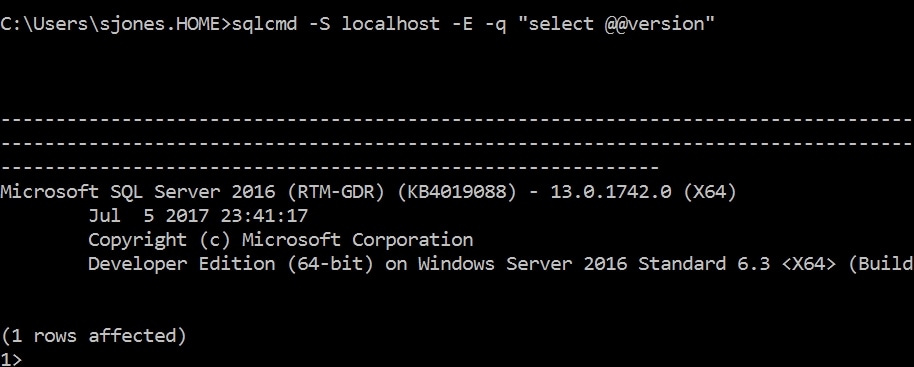|
| Featured Contents |
| Question of the Day |
| Featured Script |
| The Voice of the DBA |
Learn from the Troubles of Others Some of us have experienced lots of strange issues while working with SQL Server. Some from poorly configured or coded systems, some from heavy workloads, and some from bugs in the code. Encountering and solving those problems, even if self-induced, is one way that we have learned about the best ways to ensure SQL Server performs extremely well under many situations. Others of us have had few issues and found SQL Server to be a very stable and solid product. In fact, I often find someone posting about an issue has been running an instance for years without any issues until one day something breaks or reaches a tipping point. I've seen this with numerous instances that were installed with plenty of disk space and without log backups. They may run for a year or more before logs fill and cause issues. It can be hard to plan for the unknown disasters that might be lurking in your system, but one thing that might help you think more widely about potential issues is reading posts about the issues others have encountered. Certainly plenty of people blog about these, and we often put out in our Database Weekly newsletter, but there are other good sources. The CSS SQL Server Engineers write some interesting posts about issues they've solved. Availability Groups are important and harder to configure and manage than many people realize. I caught a really interesting post about strange behavior under high workloads. This was with In-Memory technology, which I am starting to see more people experiment with implementing. This is the type of post that might give you pause, but also help you plan for and be aware of an issue that could occur. In this case, it's a bug and a CU fixes the issue. Without knowing this, you might open your own case and spend time debugging the issue. Reading an article like this might trigger you to go back and check on it if you experience the issue. The bigger advantage I see here is there is a lot of information about how to measure and understand the performance of various parts of an AG system with code and linked articles here. While others might tell you there's a CU to fix a specific issue, the knowledge you gain about how to dig into the performance of your AG setup could help you solve lots of other types of issues. Keep learning and keep reading. There's lots of amazing SQL Server information on the Internet for you, and we're happy to keep bringing some of it to you at SQLServerCentral. Steve Jones - SSC Editor Join the debate, and respond to today's editorial on the forums |
| Featured Contents |








 What do I type to exist SQLCMD?
What do I type to exist SQLCMD?